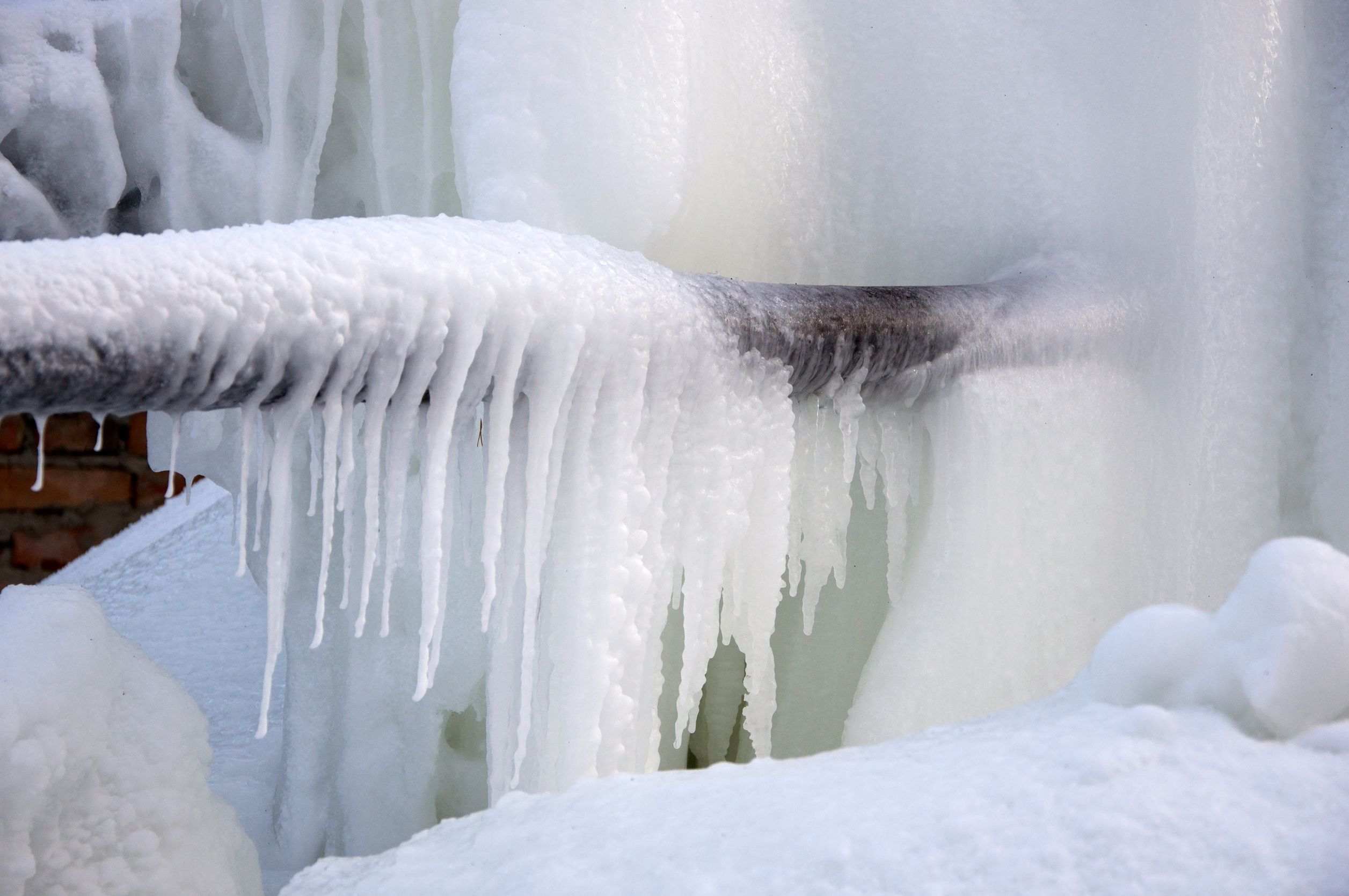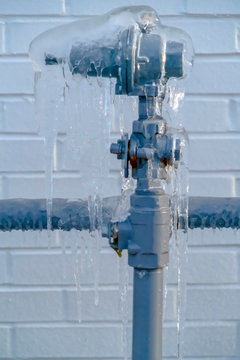Essential Tips for Avoiding Frozen Pipes in Cold Weather Seasons
Essential Tips for Avoiding Frozen Pipes in Cold Weather Seasons
Blog Article
The article author is making several great points relating to 6 Ways to Prevent Frozen Pipes in general in the content just below.

Winter can damage your plumbing, particularly by freezing pipelines. Here's how to avoid it from taking place and what to do if it does.
Intro
As temperatures decline, the danger of icy pipes increases, potentially leading to pricey fixings and water damage. Recognizing just how to stop frozen pipelines is critical for home owners in chilly climates.
Avoidance Tips
Insulating at risk pipelines
Wrap pipelines in insulation sleeves or utilize warmth tape to secure them from freezing temperatures. Concentrate on pipelines in unheated or outside locations of the home.
Heating methods
Maintain indoor spaces adequately heated up, particularly locations with plumbing. Open cupboard doors to enable cozy air to flow around pipes under sinks.
How to determine icy pipelines
Seek lowered water circulation from taps, uncommon smells or sounds from pipelines, and noticeable frost on revealed pipelines.
Long-Term Solutions
Architectural modifications
Think about rerouting pipes away from exterior wall surfaces or unheated locations. Include added insulation to attics, cellars, and crawl spaces.
Updating insulation
Purchase top notch insulation for pipelines, attics, and wall surfaces. Appropriate insulation assists preserve constant temperatures and minimizes the danger of icy pipes.
Shielding Exterior Pipes
Yard pipes and exterior faucets
Disconnect and drain pipes yard hose pipes prior to winter months. Mount frost-proof faucets or cover outside taps with protected caps.
Understanding Frozen Pipelines
What causes pipes to ice up?
Pipes ice up when revealed to temperatures below 32 ° F (0 ° C) for prolonged durations. As water inside the pipelines ices up, it increases, putting pressure on the pipe walls and potentially causing them to rupture.
Dangers and problems
Frozen pipes can cause water disturbances, property damage, and costly fixings. Ruptured pipelines can flooding homes and trigger substantial structural damage.
Signs of Frozen Pipes
Recognizing icy pipes early can prevent them from bursting.
What to Do If Your Pipelines Freeze
Immediate actions to take
If you suspect frozen pipes, maintain faucets open up to relieve pressure as the ice melts. Use a hairdryer or towels taken in hot water to thaw pipelines slowly.
Verdict
Protecting against icy pipelines needs aggressive procedures and quick actions. By recognizing the causes, signs, and safety nets, property owners can protect their pipes during winter.
5 Ways to Prevent Frozen Pipes
Drain Outdoor Faucets and Disconnect Hoses
First, close the shut-off valve that controls the flow of water in the pipe to your outdoor faucet. Then, head outside to disconnect and drain your hose and open the outdoor faucet to allow the water to completely drain out of the line. Turn off the faucet when done. Finally, head back to the shut-off valve and drain the remaining water inside the pipe into a bucket or container. Additionally, if you have a home irrigation system, you should consider hiring an expert to clear the system of water each year.
Insulate Pipes
One of the best and most cost-effective methods for preventing frozen water pipes is to wrap your pipes with insulation. This is especially important for areas in your home that aren’t exposed to heat, such as an attic. We suggest using foam sleeves, which can typically be found at your local hardware store.
Keep Heat Running at 65
Your pipes are located inside your walls, and the temperature there is much colder than the rest of the house. To prevent your pipes from freezing, The Insurance Information Institute suggests that you keep your home heated to at least 65 degrees, even when traveling. You may want to invest in smart devices that can keep an eye on the temperature in your home while you’re away.
Leave Water Dripping
Moving water — even a small trickle — can prevent ice from forming inside your pipes. When freezing temps are imminent, start a drip of water from all faucets that serve exposed pipes. Leaving a few faucets running will also help relieve pressure inside the pipes and help prevent a rupture if the water inside freezes.
Open Cupboard Doors
Warm your kitchen and bathroom pipes by opening cupboards and vanities. You should also leave your interior doors ajar to help warm air circulate evenly throughout your home.

We were brought to that article about How to prepare your home plumbing for winter weather from someone on another web address. If you please take a moment to share this post if you liked it. Thank you for your time. Please stop by our website back soon.
Schedule Today! Report this page